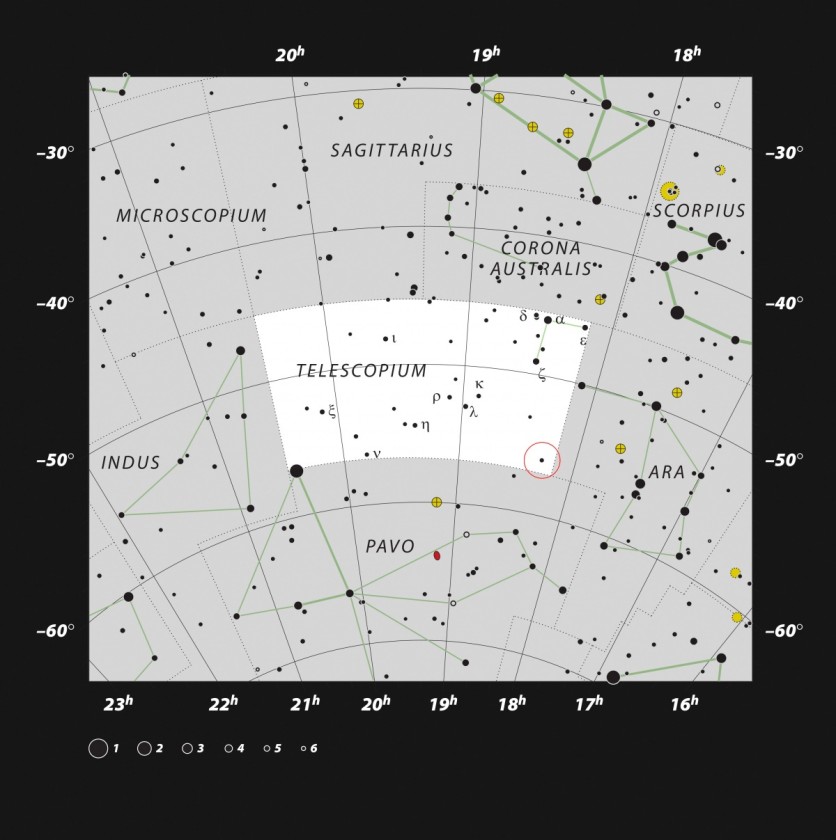Our solar system's home, the Milky Way, has millions of black holes just like with any other galaxy in our universe, but only a few have shown themselves. But what makes this recent discovery by astronomers special?

Astronomers Found Black Hole Closest to Earth
According to a report by the Science Mag, this new black hole discovered is the closest one to Earth at only 1000 light-years away, which, although still very far from us to do any damage, it's incredibly close in astronomical terms.
What's even more interesting is that this black hole is hiding in plain sight in a star system that is visible to the naked eye.
Black holes are not easy to find, which is why our astronomers have only been able to find a few black holes in our galaxy despite having millions of them.
Using a New Technique
Experts were only able to learn about them from a few dozen that heat the swirling gas they gobble up around them known as "accretion disk," but unlike past black holes found with this technique, astronomers have been using a new method borrowed from exoplanet searches in order to find new ones.
With this new technique, astronomers were able to find naked, non-accreting candidates.
The new technique used by exoplanet hunters requires looking for the periodic shifts in the frequency of the light from stars as it shifts away and towards Earth, caused by the gravity of an invisible companion orbiting around it and tugging on it.
If the tug is small, it could indicate a lightweight planet, but if the pull is larger, it could be a sign of a black hole.
Studying Star System HR 6819
So, how was the new black hole discovered?
An astronomer with the European Space Observatory (ESO), Thomas Rivinius, and his team were studying an unusual star system known as HR 6819 using the technique and a 2.2-meter telescope in Chile, which is operated by ESO and the Max Planck Society.
At first, Rivinius and his colleagues thought they were studying a binary system, but they found extra periodic light shifts of one of the stars in the system.
It soon turned out that it was a triple system, and one of the stars in HR 6819 is on a quick 40-day orbit around an unseen companion, plus another star with a distant and slow-moving trajectory.
The invisible companion of one of the stars is massive, with around four times the mass of our Sun, but if it is a star, Rivinius said they would have seen it.
This then led to the theory that it could be a black hole.
Their findings have been published in Astronomy & Astrophysics.
Todd Thompson, an astronomer from the Ohio State University, said that he believes in the astronomers that found the new black hole near our planet and that they have "good evidence."
Nevertheless, Rivinius and his team will have to prove that it is indeed a black hole, and they would have to take a closer look at the star system, which is visible to the naked eye, to do so.
ⓒ 2025 TECHTIMES.com All rights reserved. Do not reproduce without permission.




